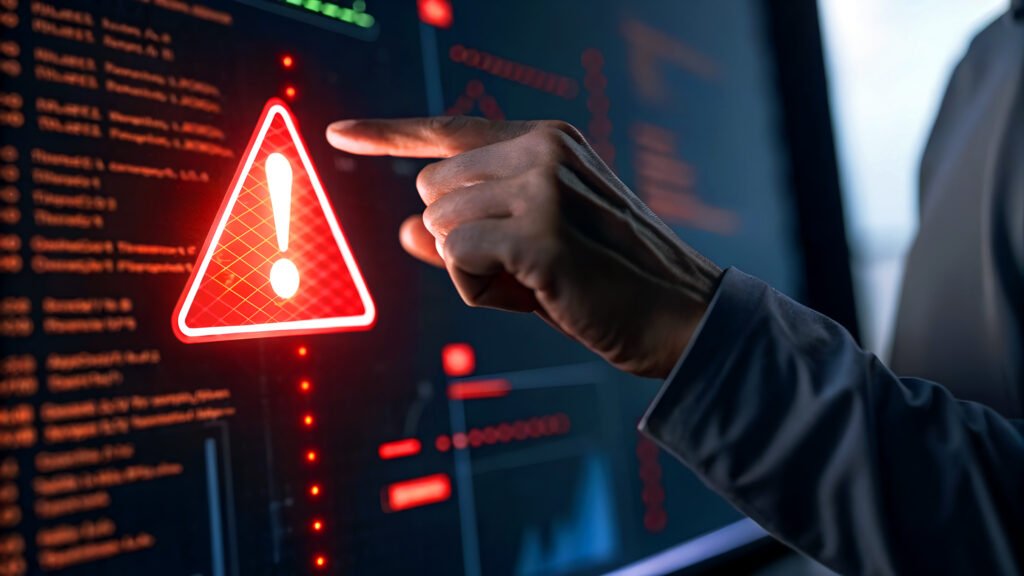The World Economic Forum’s latest Global Cybersecurity Outlook paints a bleak picture of cybersecurity’s current state. Not only have attacks more than doubled in three years, but security budget growth has slowed dramatically. As of this writing, the average budget has only grown 4%, compared to 8% last year and a record-high 17% in 2022.
Meanwhile, the same report points to an increase in the use of artificial intelligence (AI) to launch attacks. One case involved an attempt in 2024 to trick luxury car brand Ferrari into signing a document with messages allegedly sent by its CEO, Benedetto Vigna. While the attempt was foiled, it’s a glimpse of what AI can do in hackers’ hands.
Reacting to today’s threats no longer makes for a sound strategy, at least on its own. It’s dangerous to assume that you can make your IT system impervious to attacks, even with enough investment. For that, businesses and organizations have to anticipate the worst and prepare for it—and the first step involves cybersecurity monitoring.

What is Cybersecurity Monitoring?
Until recently, typical cybersecurity strategies were reactive or designed to respond to any threat as it happened. Experts say it has less to do with technological limitations and more to do with what they call “breach fatalism.” This pertains to the belief that data breaches are inevitable and that victims can only react to them.
Such a mindset is unsuitable for today’s environment, as the rise in AI-assisted attacks is urging everyone to act before the perpetrators do. The result is a gradual shift to proactive cybersecurity, adopting practices such as cybersecurity monitoring.
Instead of responding to threats, cybersecurity monitoring entails keeping a close eye on the infrastructure for threats before they can act. Sometimes, it goes one step further by monitoring threats lurking on the dark web (known as dark web monitoring).
Cybersecurity monitoring is a staple of outsourced solutions from TrustSphere IT and other third-party providers. Their manpower and resources allow for real-time monitoring 24/7, ensuring that hackers don’t get to take the first step. Hiring cybersecurity services is ideal for businesses and organizations that can’t afford to build an in-house team.
Key Monitoring Components
Cybersecurity monitoring systems vary depending on the user’s needs. That said, most of these contain at least two fundamental parts.
The first is an Intrusion Detection and Prevention System (IDPS), which compares potential threats to its onboard data to assess their risk to the infrastructure. If the threat is known to be anything but normal, the IDPS will react accordingly and prevent it from proceeding any further. Then, it’s up to the user to decide what to do with the contained threat.
IDPSs are divided into several types based on the environment they monitor. It’s normal for a business or organization to use a couple of these for its infrastructure.
- Network-based IDPS: Installed close to network boundaries, this type of system monitors all incoming and outgoing network traffic.
- Wireless IDPS: This type of system monitors wireless networks for any suspicious activity, though it can’t monitor higher-layer network protocols.
- Network Behavior Analysis (NBA): An NBA system examines network traffic for unusual behavior such as a sudden surge of traffic, as is typical of a DDoS attack.
- Host-based IDPS: This IDPS searches for unusual or suspicious activity within a host, such as running unusual processes or making unauthorized setting changes.
The second is a Security Information and Event Management (SIEM) system, which collates security events into one platform to aid in detecting and resolving threats. An SIEM system is crucial because an IDPS (and other solutions) can generate volumes of data—too much to go over manually one by one.
SIEM platforms enable real-time threat detection and response by using automated tools for data collection and analysis. It’s a key part of regulatory compliance monitoring or maintaining compliance with data protection laws and industry-specific regulations. As such, it becomes more critical for specific sectors like finance and healthcare.

Integrating Into Your IT Strategy
Any talk of IT strategy inevitably includes cybersecurity, says the CEO of PrimeWave IT. No matter how advanced the IT infrastructure, it won’t work as intended if hackers find a way to manipulate it to their benefit. For this, managed cybersecurity services ensure a fast and reliable response to security events in addition to continuous monitoring.
Before discussing things such as choosing an IDPS or SIEM solution, it’s essential to have a clear picture of a business or organization’s risk. Everyone is at risk, but a risk assessment determines how prone one is to attacks.
The National Institute of Standards and Technology’s Cybersecurity Framework states that a risk assessment process can be done in six steps, namely:
- Identifying vulnerable assets, including endpoint devices and user interfaces
- Identifying the various ways security threats can put the infrastructure at risk
- Identifying external and internal threats to the infrastructure (e.g., data misuse)
- Identifying potential impacts of cyberattacks on operations
- Sorting threats, vulnerabilities, and impacts in a risk matrix
- Prioritizing available security measures against potential risks
The results of the risk assessment determine the kind of cybersecurity solutions you need and don’t need. Those whose cybersecurity budgets have shrunk will appreciate this a lot more, as it may urge them to increase spending or plan their purchases over the long term.
Takeaway
Cybersecurity monitoring is crucial if you need to be proactive in protecting your data and assets from hackers. By spotting the threat before it takes action, you can mitigate its risk or prevent it from even setting foot on your infrastructure. Start your journey toward better protection by consulting a managed IT service today.

